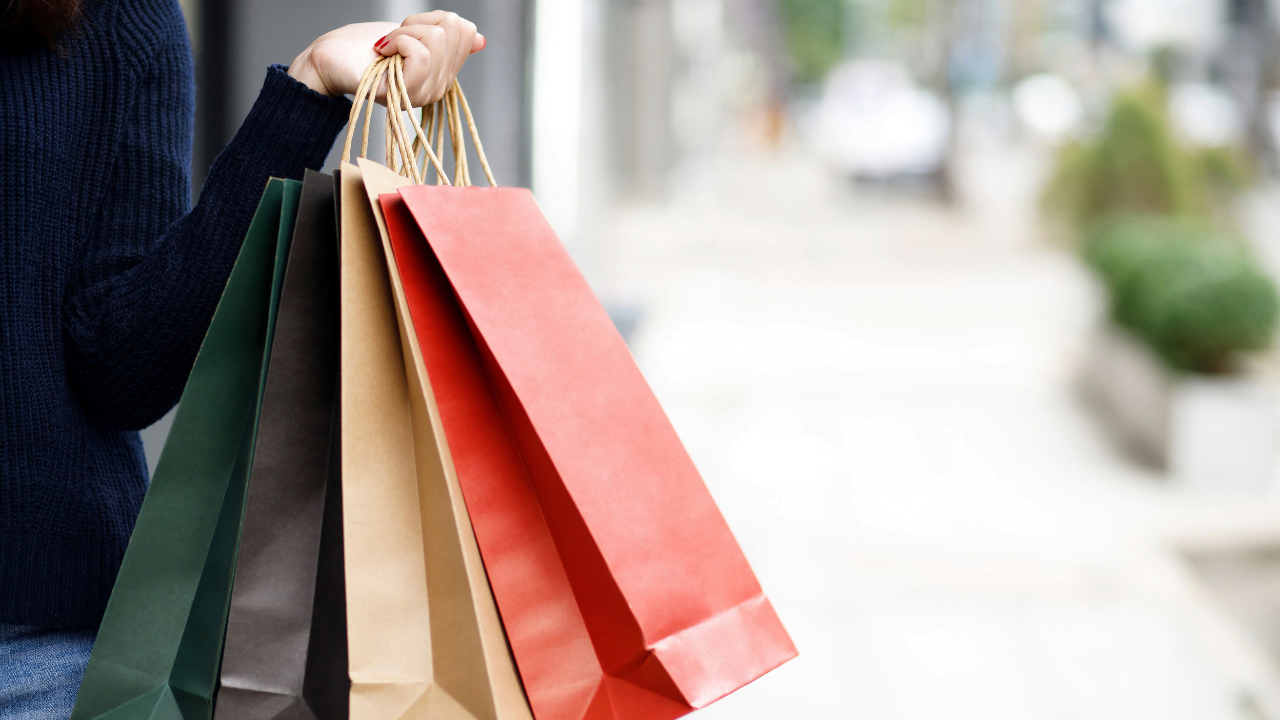Industry Outlook & Not-For-Profit Organisation’s
After nearly two years of disruption, companies are still adapting to new consumer priorities, and digital is providing a nexus for growth. Nevertheless, the industry faces significant challenges amid the large influx of retail jobs required, but there is not enough candidates around to fill these roles.
Why is this? The speed of recovery across regions is expected to be uneven, and players must stay flexible in the market to attract more candidates to the industry.
There’s several economic factors affecting retail jobs such as
• Two years of minimal new entrants to the retail industry.
• We’re losing a variety of experienced managers who may have lost their jobs, or where stores were temporarily closed. This resulted in people seeking employment in new sectors.
• You can also expect to see the usual losses of managers moving out of retail for various personal reasons.
• We’ve seen a lot of retail fashion managers upskilling since the 2020-2021 closure. This segment of people are now carrying out a variety of online courses and returning to education to gain new knowledge/skills for completely different industries.
On a positive note, we’ve seen many non-profit organisation’s, address their fundraising challenges by pivoting towards digital strategies so they can provide essential resources and funds for their communities. This has helped the industry to see an increase in both sales, customers, and new store openings. The fashion and luxury goods industries have really stepped it up when paying attention to the impact they have on the environment. This is vital for the sector as many people now have a keen interest in sustainability initiatives through upcycling clothes or buying from vintage stores which has created a footfall of new customers. The growth in these sustainable efforts will continue to prosper and we’re all for ‘what’s preloved in your wardrobe, can be reloved in someone else’s wardrobe’.
How To Attract More Talent For Retail?
Employers now need to place more time into writing their job advertisements.
Some tips that will help with this are as follows:
• Clearly outline the role and the responsibilities, but more importantly you will need to highlight the benefits. Be creative with your benefits package.
• Look at the trading hours and ensure a work life balance can be achieved – every second weekend off is one of our favourites.
• Basic salary must be competitive.
• Bonus structure should be clear and achievable with stated KPI’s based on previous years and months.
• Discounts can be broken down into various costs & perks.
• A Pension Scheme is certainly worth looking at and very much appreciated by candidates.
• Healthcare is again very important to people.
• Team Building like creative fun days or events / celebrations are great talking points. Candidates buy into employers & company culture in the same way that employers buy into a candidates fit for a role.
• Maternity Leave is a benefit that we are starting to see more of. This does not have to cover the entire maternity leave, but partial cover is greatly appreciated by all.
Looking Ahead to 2022
Similar to 2021, we’ve seen a lot of challenges particularly around logistics and people. However, the retail industry remains very strong with areas such as DIY, Home and Fashion all recording excellent results. Sports casual and fitness companies will see continued growth, while “green careers” which is tied in with sustainability will remain a huge focus in 2022. All in all, we anticipate a busy year ahead with a huge demand for candidates across this sector.
If you need any assistance, please contact aislinn@excelrecruitment.com. If you are looking for a job in the Fashion & Non-Food retail industry, please see our live jobs here. View the Fashion Non-Food Salary Guide 2022 here.


